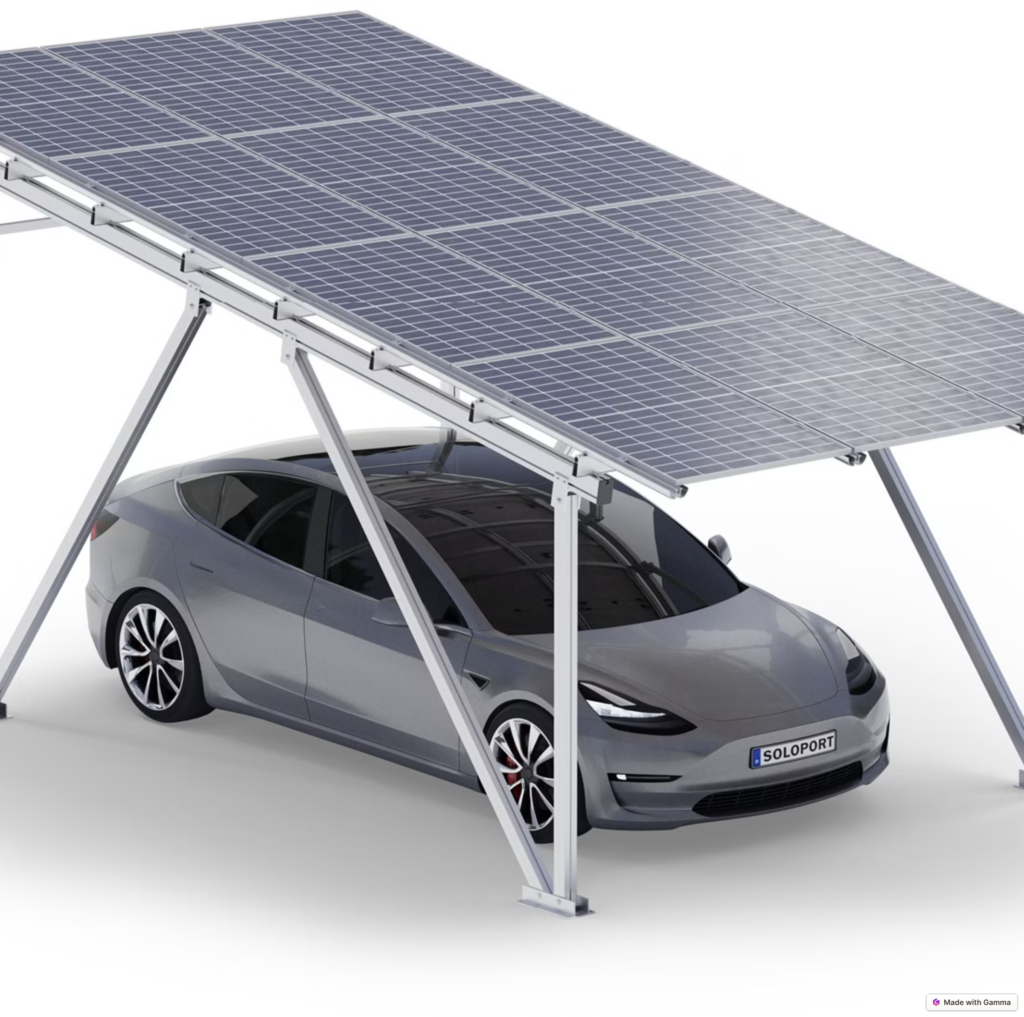Key Considerations for Selecting and Configuring MPPT Controllers for Solar Panels
Understanding Solar Panel Parameters and MPPT Controller Compatibility
The foundation of selecting an MPPT controller lies in aligning it with the solar panel’s electrical characteristics. Solar panels generate direct current (DC) with specific voltage and current outputs that vary based on sunlight intensity, temperature, and shading. An MPPT controller must accommodate the panel’s maximum power point (MPP) voltage, which is the voltage at which the panel produces peak power. For instance, a 60-cell solar panel typically has an MPP voltage of 30–32V under standard test conditions (STC). The controller’s input voltage range should exceed this value to handle real-world fluctuations, such as temperature-induced voltage drops (e.g., a 30V MPP panel may drop to 24V at 50°C).
Another critical parameter is the panel’s short-circuit current (Isc). The controller’s rated current must be at least 25% higher than the panel’s Isc to prevent overcurrent damage. For example, if a panel has an Isc of 10A, the controller should support a minimum of 12.5A. Additionally, the controller’s power rating (in watts) must match or exceed the panel’s maximum power output to avoid clipping losses, where excess energy is wasted due to the controller’s capacity limits.
System Load Requirements and Environmental Adaptability
The MPPT controller’s role extends beyond optimizing panel output—it must also meet the energy demands of the connected load or battery bank. For off-grid systems, the controller’s charging current should align with the battery’s recommended charge rate (e.g., a 100Ah lead-acid battery may require a 10–20A charge current). In grid-tied systems, the controller must synchronize with the grid’s voltage and frequency while managing power flow efficiently.
Environmental factors significantly impact controller performance. High temperatures reduce efficiency, so controllers with wide operating temperature ranges (e.g., -20°C to 60°C) are essential for extreme climates. Dust and humidity require controllers with IP65 or higher protection ratings to prevent electrical failures. For installations in corrosive environments (e.g., coastal areas), controllers with anodized aluminum enclosures or conformal coatings resist degradation.
Handling Partial Shading and Multi-Panel Configurations
Partial shading from trees, buildings, or debris creates multiple peaks on a solar panel’s power-voltage curve, confusing traditional MPPT algorithms. Advanced controllers use global MPPT tracking to distinguish between local and true maximum power points, ensuring optimal energy harvest even under shaded conditions. For systems with panels of different orientations or tilt angles, multi-channel MPPT controllers independently track each panel group’s MPP, improving overall efficiency by 10–15% compared to single-channel designs.
Protection Mechanisms and Safety Features
MPPT controllers must safeguard the system from electrical faults and environmental hazards. Key protection features include:
- Overvoltage and Undervoltage Protection: Prevents battery damage by disconnecting the panel when voltage exceeds safe levels (e.g., 16V for a 12V battery) or drops below cutoff thresholds (e.g., 10.5V for a 12V system).
- Overcurrent and Short-Circuit Protection: Automatically cuts off current flow during faults to avoid fires or equipment damage.
- Reverse Polarity Protection: Blocks power if the panel or battery is connected incorrectly, a common issue during installation.
- Temperature Compensation: Adjusts charging voltage based on ambient temperature to prevent overcharging in hot climates or undercharging in cold environments. For example, a lead-acid battery may require a 14.4V charge at 25°C but only 13.8V at 40°C.
Surge Protection and Lightning Resistance
Outdoor installations are vulnerable to lightning strikes and power surges. Controllers with built-in surge protectors (e.g., metal oxide varistors) divert excess voltage to ground, shielding connected devices. For high-risk areas, external surge arresters rated for 40kA or higher provide additional defense.
Conversion Efficiency and Charging Algorithms
MPPT controllers convert DC power from panels into usable energy for batteries or grids. Efficiency ratings (typically 95–99%) indicate how much power is lost during conversion. Higher efficiency controllers reduce energy waste, especially in low-light conditions. For example, a 98% efficient controller wastes only 2% of generated power, compared to 5% for a 95% efficient model.
Advanced Charging Protocols
Modern controllers use multi-stage charging to extend battery life:
- Bulk Phase: Delivers maximum current until the battery reaches ~80% capacity.
- Absorption Phase: Maintains a constant voltage to fully charge the battery without overheating.
- Float Phase: Reduces voltage to a maintenance level, preventing overcharging during prolonged inactivity.
For lithium-ion batteries, controllers must support battery management system (BMS) protocols to monitor cell balance, temperature, and state of charge. Some models integrate active equalization to redistribute charge among cells, ensuring uniform aging and safety.
Installation and Configuration Best Practices
Proper installation ensures the controller operates within its design limits. Key steps include:
- Mounting Location: Choose a shaded, ventilated area to prevent overheating. Avoid direct sunlight and enclosed spaces like attics, where temperatures can exceed 60°C.
- Cable Sizing: Use cables with a cross-sectional area sufficient for the system’s current (e.g., 4mm² for 20A circuits) to minimize voltage drop.
- Polarity Checks: Verify panel and battery connections before powering the system to avoid reverse polarity damage.
- Firmware Updates: Regularly update the controller’s software to access new features (e.g., improved MPPT algorithms) and bug fixes.
Monitoring and Maintenance
Controllers with built-in displays or remote monitoring (via Bluetooth, Wi-Fi, or RS485) allow users to track real-time data like power output, battery voltage, and efficiency. Schedule monthly checks to clean panels, inspect wiring for corrosion, and verify controller settings match environmental conditions. For example, adjust temperature compensation settings seasonally to account for climate changes.
By addressing these parameters, features, and practices, users can select and configure MPPT controllers that maximize solar energy harvest while ensuring system longevity and safety.


